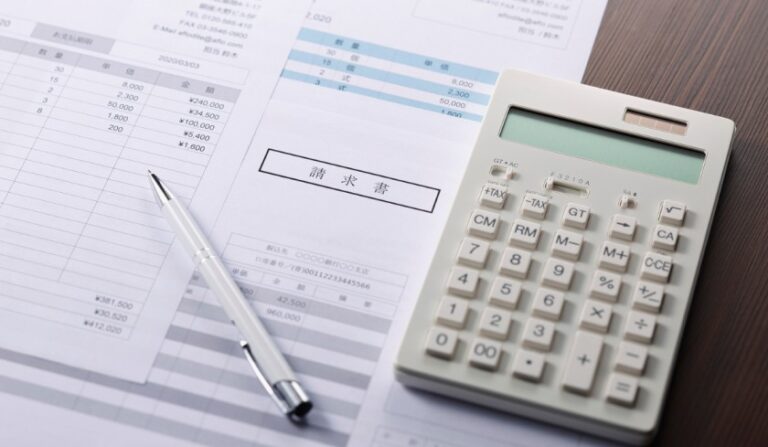In a world where screens dominate work, study and leisure, the 20 20 20 rule is an easy habit that protects your eyes and reduces digital eye strain. Spend just 20 seconds every 20 minutes looking at something 20 feet away, and you’ll give your eyes a vital rest that helps prevent soreness, dryness and headaches. This article explains the rule, why it works, how to use it effectively, and extra tips to keep your eyes comfortable all day.
What is the 20 20 20 rule?
The 20 20 20 rule is very simple: for every 20 minutes of screen time, look at an object at least 20 feet away for at least 20 seconds. That short break relaxes the focusing muscles in your eyes, encourages blinking, and reduces the tension caused by long periods of close-up focus.
Put another way: work for 20 minutes, look far for 20 seconds, and then return to work. Repeat throughout your screen sessions.
Why the 20 20 20 rule matters
When you stare at a screen, your eyes remain focused at one near distance, and your blink rate drops. These two factors together cause the most common symptoms of digital eye strain: dry eyes, blurred vision, headaches and neck tension. The 20 20 20 rule interrupts that cycle with frequent short breaks that give muscles a quick reset and remind you to blink, which re-lubricates the eye surface.
The rule is ideal for office workers, students, remote workers, gamers and anyone who spends long uninterrupted blocks of time in front of a digital screen.
How to use the 20 20 20 rule — step by step
- Set a timer: Use your phone, computer or a simple timer app to remind you every 20 minutes.
- Look for something far away: Find an object roughly 20 feet away — a picture on the opposite wall, a tree outside the window, or a distant doorway. If you can’t measure exactly, anything noticeably farther than your screen will work.
- Gaze for 20 seconds: Keep your eyes on that distant object for at least 20 seconds. Breathe calmly and let your eyes relax.
- Return and repeat: Go back to work for another 20 minutes, then repeat the break.
- Combine with other micro-breaks: At the end of every hour, add a longer break of 5–10 minutes to stand, stretch and move.
Practical examples (real world)
• If you’re writing a report at your desk, set a 20-minute countdown. When it rings, look out the window at a building across the street for 20 seconds. Resume work.
• In virtual meetings where you can’t look away, close your eyes for 5–10 seconds at 20-minute intervals or glance to the far corner of the room.
• Gamers: use in-game lobby or round breaks to look at something across the room instead of staying glued to the monitor.
Easy tools and reminders
You don’t need fancy tech to follow the 20 20 20 rule, but a few tools can help:
- Built-in phone or desktop timers.
- Pomodoro or focus apps configured to 20-minute cycles.
- A smart watch vibration reminder.
- Sticky notes on your monitor with “20-20-20” written in big letters.
Extra habits to boost eye comfort
The 20 20 20 rule is a cornerstone habit — combine it with these ergonomic and care tips for the best results:
- Keep proper screen distance: Position your screen an arm’s length away (about 20–30 inches).
- Adjust screen height: Top of the screen should be at or slightly below eye level to reduce neck strain.
- Improve lighting: Avoid harsh glare; use soft ambient light and position screens perpendicular to windows.
- Blink often: Consciously blink during long sessions to maintain eye moisture.
- Use lubricating drops if needed: If your eyes feel dry often, consider preservative-free artificial tears.
- Limit continuous screen blocks: Break long sessions into smaller chunks with movement and hydration.
- Use blue light filters at night: If you work late, reduce blue light exposure to protect sleep cycles.
- Adjust font size and contrast: Larger, high-contrast text reduces squinting and strain.
Who benefits most from the 20 20 20 rule?
- Office professionals on computers all day.
- Students studying online or reading e-textbooks.
- Remote workers attending multiple video calls.
- Gamers who play for prolonged sessions.
- Anyone who notices tired, dry or sore eyes after screen use.
Common questions (FAQ)
Q: Does the 20 20 20 rule prevent long-term vision loss?
A: The rule helps reduce symptoms of digital eye strain and improves comfort. It does not prevent genetic or age-related eye conditions. Regular eye exams are still important.
Q: What if I can’t look 20 feet away (small room or meeting)?
A: Look at the farthest point available — across the room or at a distant wall — or close your eyes for 20 seconds. The key is shifting focus away from close work and letting your eyes relax.
Q: How strict do I need to be about the timings?
A: The 20-minute and 20-second intervals are guidelines. The goal is frequent short breaks. If you do 25 minutes/25 seconds or 15/15 occasionally, you’ll still gain benefit. Consistency matters more than precision.
Q: Will the rule interrupt my workflow too much?
A: Short 20-second breaks are minimally disruptive and can increase productivity by reducing fatigue and improving focus. Think of them as micro-recharges for your eyes and mind.
Q: Should children follow the 20 20 20 rule?
A: Yes. Children using tablets or computers for homework and learning should take frequent breaks. Encourage the habit early to reduce strain and build healthy screen behavior.
Real benefits you’ll notice
People who adopt the 20 20 20 rule often report:
- Less eye soreness and burning.
- Fewer headaches during or after work.
- Reduced blurred vision after long sessions.
- Better focus and longer sustained productivity without fatigue.
- More frequent blinking and less dry eye discomfort.
When to see an eye specialist
If you experience persistent symptoms despite following the 20 20 20 rule and adopting ergonomic habits, consult an eye-care professional. Warning signs include sudden changes in vision, severe headaches, persistent blurred vision, eye pain, flashes of light, or floaters in vision. Regular comprehensive eye exams are recommended to monitor eye health.
How to build the 20 20 20 rule into your routine
- Start small: Commit to trying the rule for one workday and notice how your eyes feel at the end of the day.
- Set automated reminders: Use an app or timer to avoid relying on memory.
- Pair with other habits: Link your 20-minute break to taking a sip of water or stretching your shoulders.
- Make it social: Encourage teammates or family to follow the rule — you can remind each other during meetings.
- Track improvements: Note reductions in symptoms like dryness or headaches over a week to reinforce the habit.
Quick checklist (printable)
- Timer set for 20-minute intervals
- Distant target identified (window, wall, picture)
- Blink consciously during sessions
- Screen at arm’s length and slightly below eye level
- Room lighting adjusted to reduce glare
- Break every hour for movement and hydration
Final thoughts
The 20 20 20 rule is a tiny habit with big benefits. It’s free, simple, and fits easily into every work routine. By giving your eyes a few seconds of distance and relaxation every 20 minutes, you reduce strain, preserve comfort, and maintain productivity. In a screen-heavy life, the 20 20 20 rule is one of the easiest changes you can make to protect your vision and feel better at the end of each day.
Start today: set a 20-minute timer, look across the room for 20 seconds, and repeat. Your eyes will thank you.
Visit The Business Vision Magazine For More Such Articles






